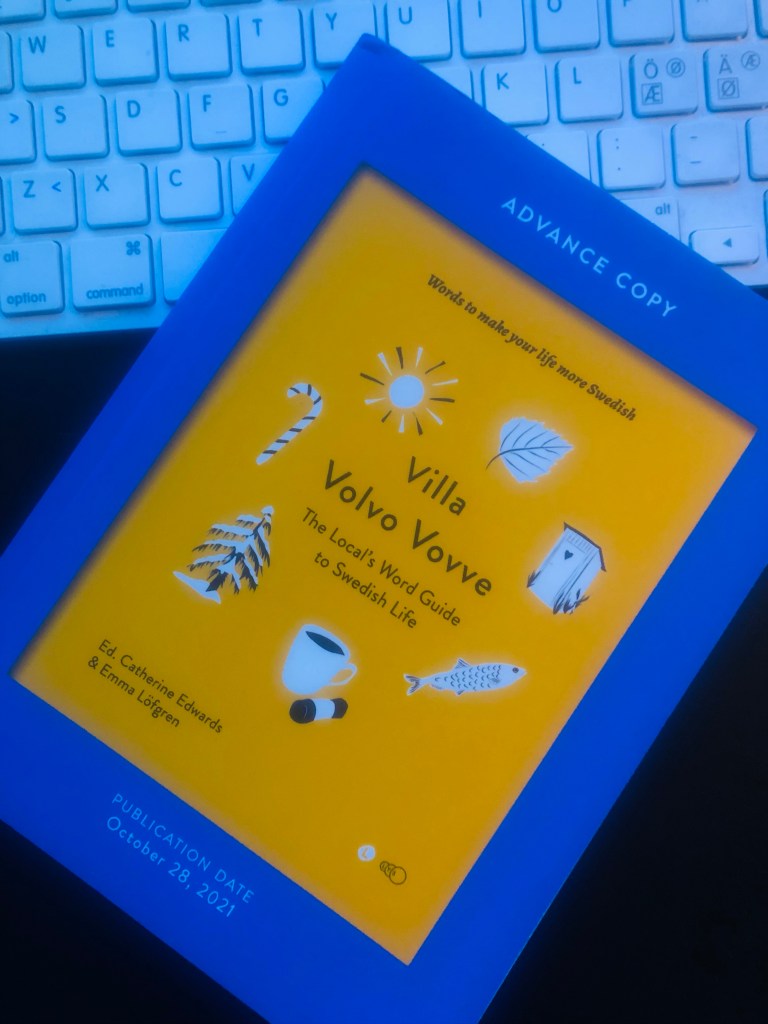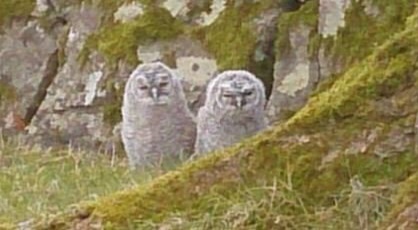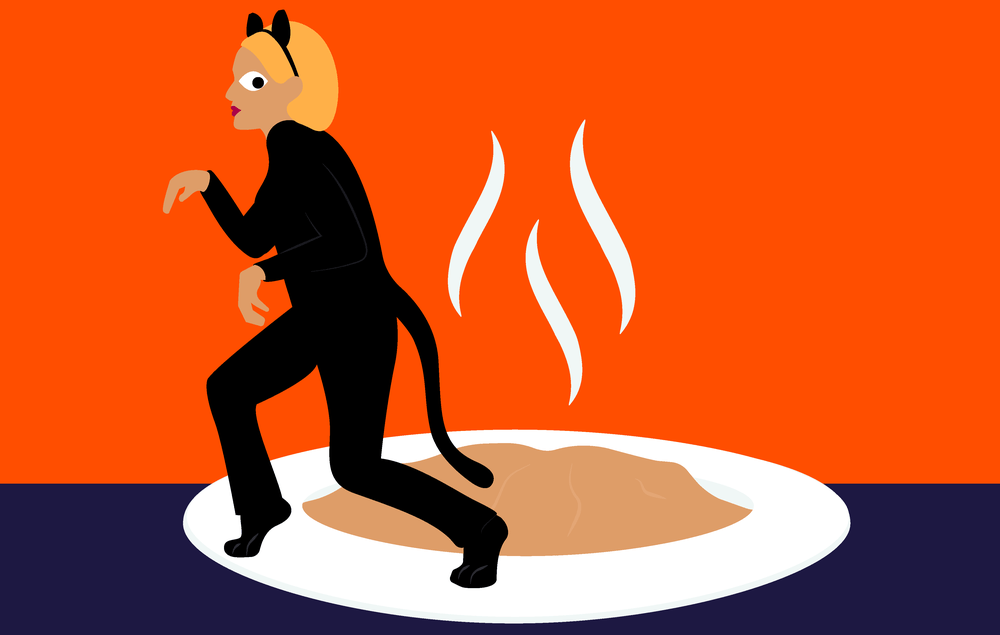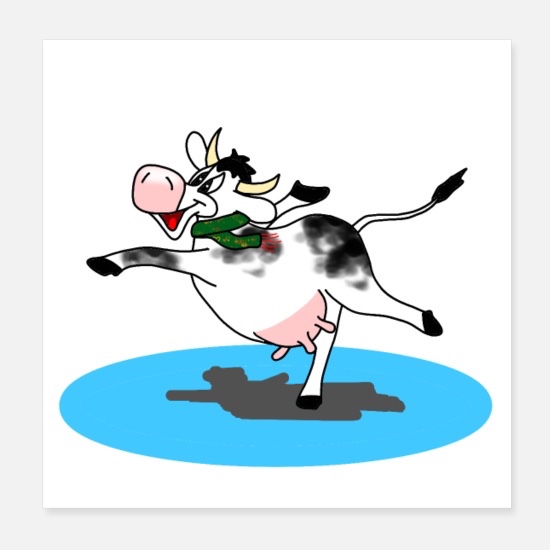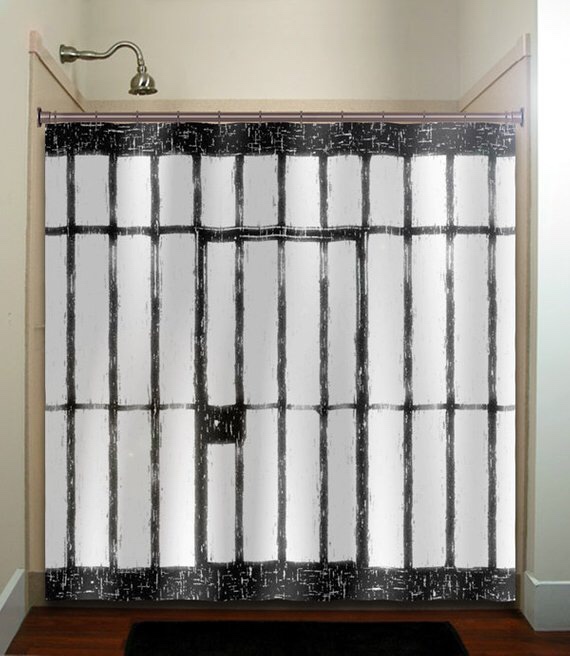
In Swedish, there is a term ‘vargtimmen’, which translates as hour of the wolf. It is used to specifically describe the time between 03.00-04.00
Although it sounds like an ancient concept, it was actually coined by Swedish film director Ingemar Bergman in his 1968 film of the same name. Or so he claimed. He describes the ‘vargtimmen’ in the following way:
‘The hour of the wolf is the hour between night and dawn. It is the hour when most people die, when sleep is the deepest and nightmares the most vivid. It is the hour when insomniacs are hunted by their worst anxieties, when ghosts and demons are at their most powerful. The hour of the wolf is also the hour when most babies are born’.
Other academics believe the concept existed earlier than Bergman’s time, and that it refers to the fact that farmers would get up in the night to protect their wild stock from hunting wolves.
Whatever the origin, the ‘hour of the wolf’ has a definite mystical and almost terrifying implication. When was the last time you lay awake at 03.00 am and chased your demons?
